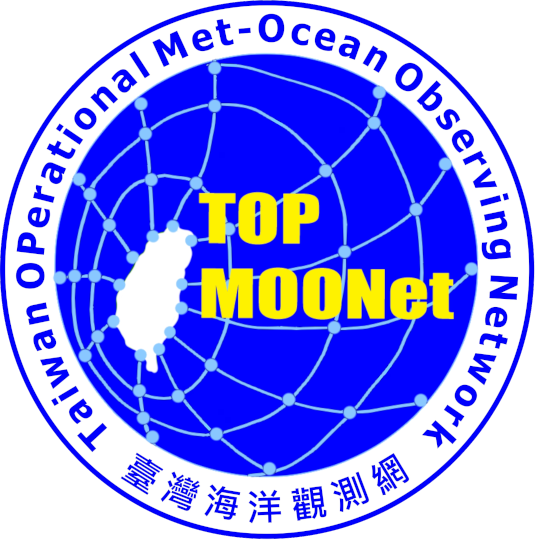Taiwan, located in the western boundary of the North Pacific (Fig. 1), is beneficial from the biological and non-biological resources in the surrounding seas, and also suffers from typhoons, earthquakes, and global warming from the ocean. In addition to energetic geological activities (Sibuet et al., 2005; among others), the surrounding seas of Taiwan are influenced by the western boundary current of the North Pacific, Kuroshio, westward-propagating mesoscale eddies (e.g., Chelton et al., 2007; Yang et al., 2013; Cheng et al., 2014, 2017; Chang et al., 2018) and typhoons (e.g., Jan et al., 2017; Yang et al., 2019), resulting in a complicated marine environment. From the management of marine resource and the mitigation of marine disaster points of view, a complete knowledge of oceanography based on comprehensive field observations is the key to the success (e.g., Cheng and Chang, 2018). In Taiwan, we already have established complete earthquake monitoring and meteorological observing networks. Comparing with the two networks, similar observations are still meager in the ocean, particularly, east of Taiwan. The long-term lack of a sustainable ocean observing network in the sea surrounding Taiwan motivates the idea of this integrated project. The establishment of the operational four-dimensional meteorology-ocean observing network (TOPMOON) as an infrastructure of fundamental ocean and meteorological research is crucial to an outpost for disaster mitigation using real-time data transmission technology.
In the complicated dynamics between the atmosphere and ocean, the wind forcing at the air-sea interface, which can be modulated by surface waves, can significantly affect the upper ocean structure, and thereby sea surface temperature (SST) variations. More and more atmosphere-wave-ocean coupled models are thus proposed and operated for the daily weather forecast, such as ECMWF. Compared to the traditional atmosphere-ocean coupled models, simulating surface wave dynamics during the model runs can affect the momentum and thermal flux exchange. As an island located in the northwest Pacific, the ocean near Taiwan is a hot spot for the passage of typhoons from summer to autumn annually. Because the ocean is the energy source for most weather systems, including typhoons, assimilating in-situ atmospheric and wave measurements can directly enhance the model performance. Moreover, even if the storm wind does not directly cause the loss of human properties, strong waves and storm surges can travel a long distance and affect the fishery and coastlines around Taiwan. Therefore, establishing a long-term database including marine meteorology and surface waves can benefit model forecasts on the weather systems and sea state around Taiwan.
